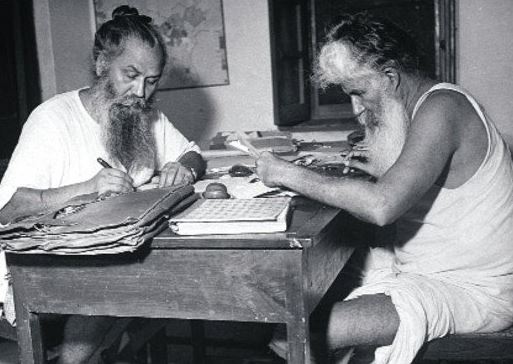Note4Students
From UPSC perspective, the following things are important :
Prelims level: Teja Singh Sutantar
Mains level: NA

Punjab Chief Minister unveiled a statue of Teja Singh Sutantar, a former MP and revolutionary leader.
Teja Singh Sutantar
- Teja Singh was born as Samund Singh in 1901 in Aluna village of Gurdaspur district.
- After completing his schooling, he joined Khalsa College in Amritsar.
- Following the Jallianwala Bagh massacre in 1919, he joined the Akali Dal to participate in the movement to liberate gurdwaras from degenerate mahants.
- However, in September 1921, he formed his own squad called the Sutantar Jatha, which successfully liberated a gurdwara in a village called Teja in Gurdaspur district from the mahants.
- He later freed another gurdwara in Othian village from mahants.
Early life and revolutionary activities
- In early 1923, Teja Singh went to Kabul as a Sikh missionary and there he came into contact with a few leaders of the Ghadar Party, who were preparing for their second attempt to overthrow the British government.
- They persuaded Teja Singh to undergo military training, so he joined the Turkish military academy in 1925 under the pseudonym Azad Beg.
- He later moved to Berlin and then to Canada and the United States, where he addressed congregations of Indians, mainly Punjabi Sikh immigrants.
Political Career
- After visiting several countries, Teja Singh returned to India and became a prominent leader of the communist party (CPI).
- He contributed revolutionary articles to the party journal, the Kirti, frequently writing about issues that plagued peasants.
- In May 1937, he was elected unopposed to the Punjab Legislative Assembly as a nominee of the Indian National Congress while he was still in prison.
- He continued to remain a member of the Punjab Legislative Assembly till 1945.
- He was also the secretary of the Communist Party (Punjab) from 1944 to 1947.
Get an IAS/IPS ranker as your 1: 1 personal mentor for UPSC 2024

